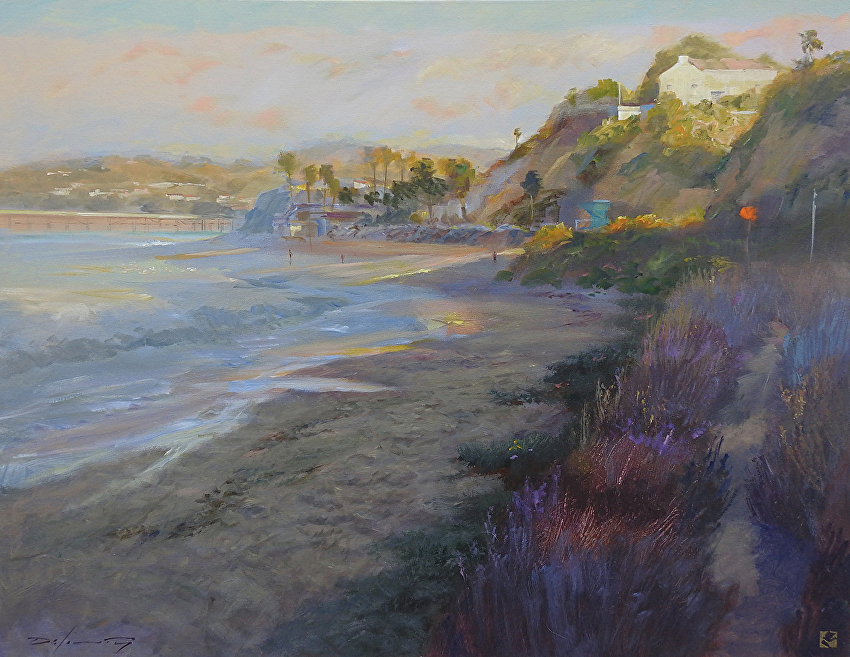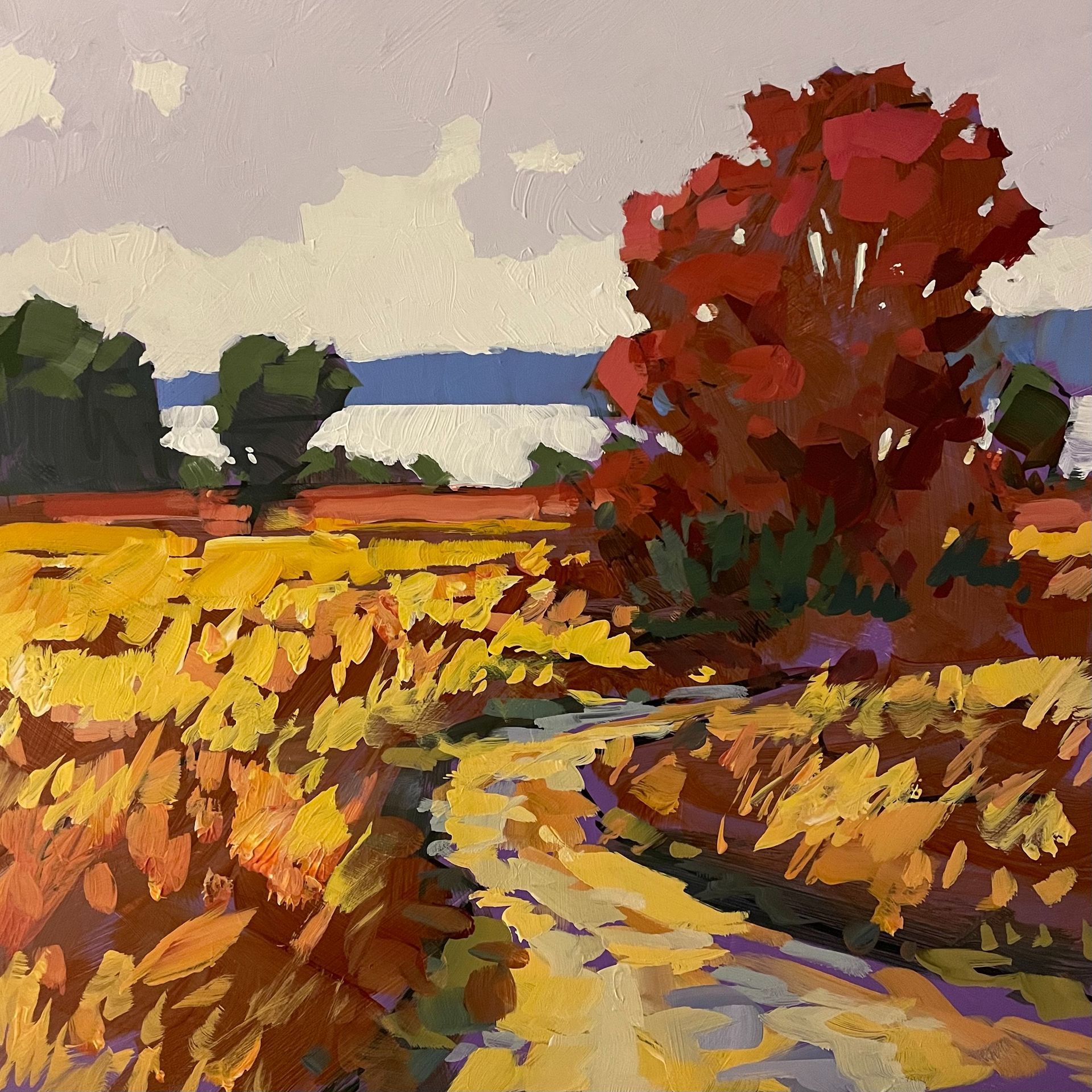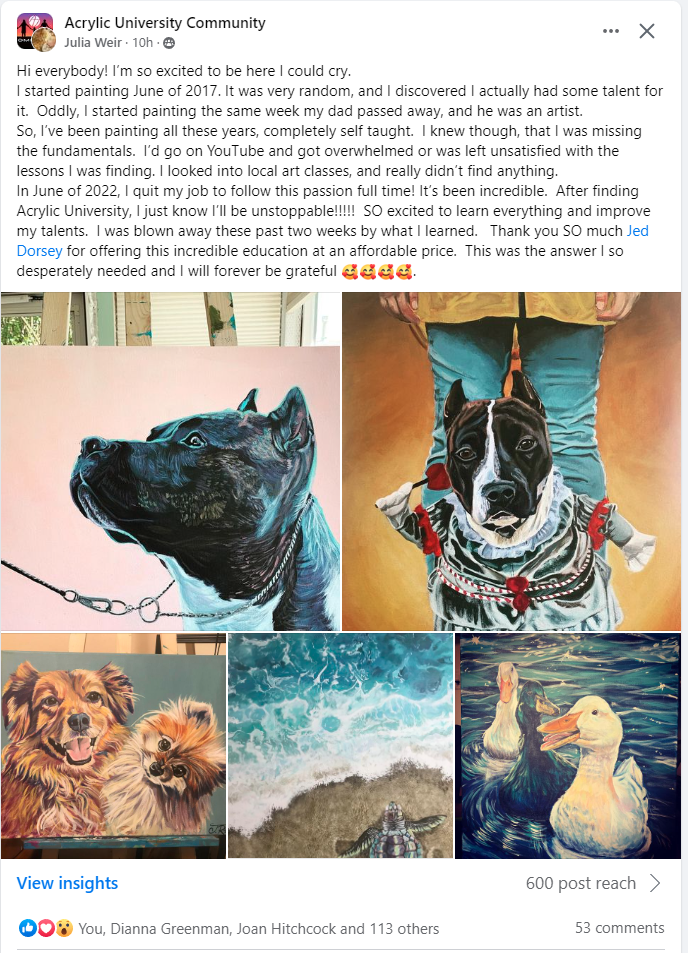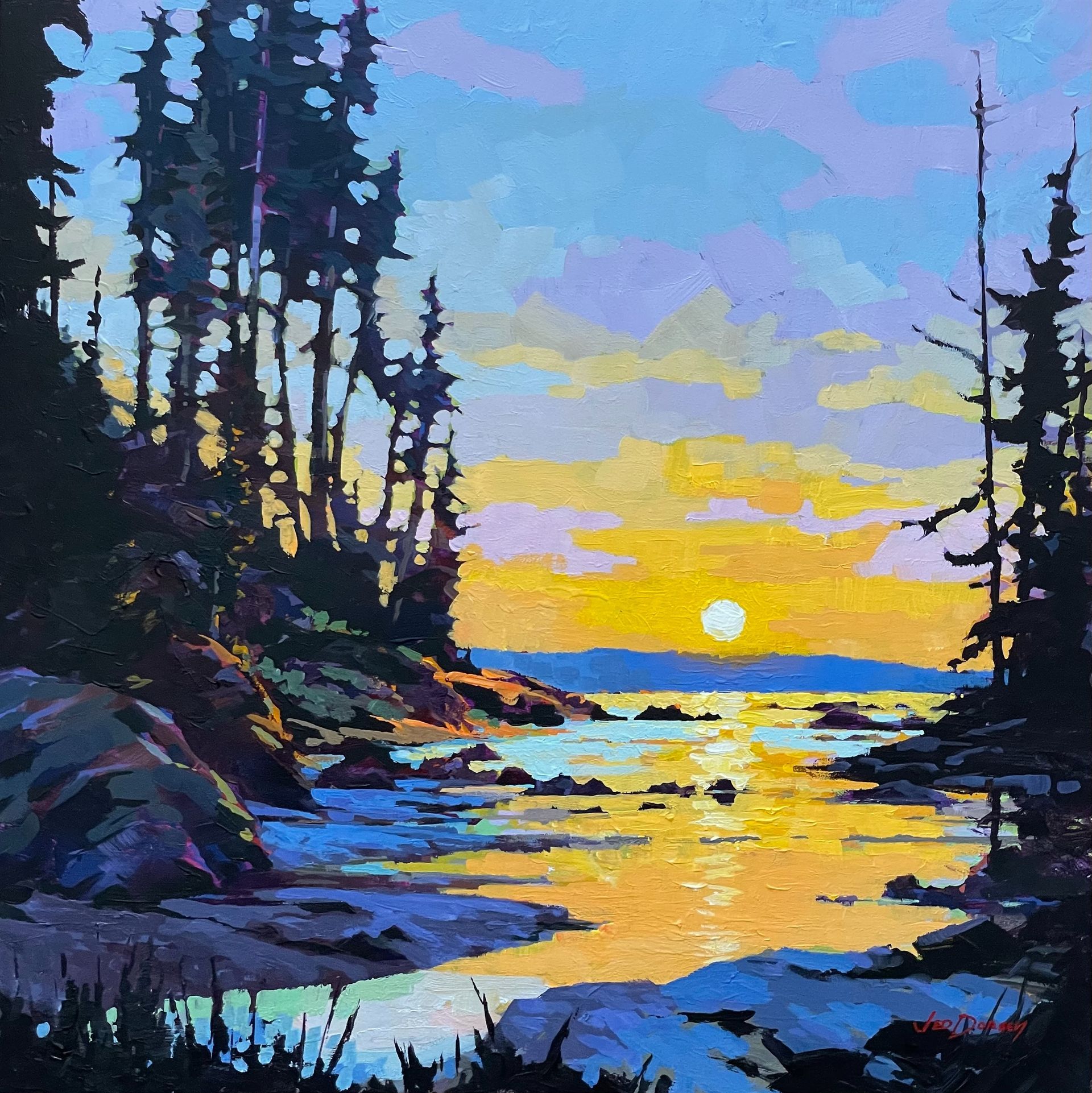Questions & Answers: Learning to Paint with Rick Delanty
This video is from a recent live Q&A that we did for Acrylic University members in our private Facebook Community. I had the privilege of interviewing California landscape painter, Rick Delanty. The first half of the video is the interview. The second half is a time when both Rick and I answer painting questions from Acrylic University members.
I personally loved connecting with Rick as we have much in common. I appreciated his perspective on teaching where he highlights the importance of putting yourself aside and loving your students. Teaching is about loving. Rick is committed to his craft and excelling in the gifts that he has been given. He has many years of experience teaching, painting and seeing the world through the eyes of an artist. What a joy to spend this time with Rick!
These are the member questions that we answered in the second half of this session:
49:29 - Jan
Do you use open acrylics, traditional fasting drying or both?
Can you talk about your process of creating shapes and what painting techniques a novice could learn to achieve better painterly form such as visual blending, varied values and so on?
What do you love most about painting with acrylics?
57:11 - Jake
When an artist has on their resume that they "studied under" someone early in their career, what does that mean? Is it common that someone apprentice for a large amount of time under a different artist? Or does it mean that they just took a class/workshop from this other artist? Coming from a different background, I've always wondered what that phrase means in the art world.
58:42 - Sandy
I'm struggling with brushes. After I've used one a few times, the tips seem to shatter and "splay out". I.e. I can't get the bristle tips to stick together, making it hard to make clean marks with the tip of the brush. How can I keep them like when first purchased?
1:03:20 - Karen
Do you recommend sticking with one subject matter before moving on to another? For example , flowers. Should I paint nothing but flowers until I feel I understand the methods and techniques and can paint flowers I’m happy with? Or maybe just spend 15-30 minutes on that specific subject and continue to paint other things?
1:20:38 - Roxanne
Do you use a light brush stroke and lots of paint on brush? I think I am mixing enough paint but when applying I see through my paint...and then I think my stoke is too much.
1:22:25 - Denver
In your painting lesson you seldom mention what kind of brush you are using.
1:22:47 - Sigrid page
In one of your previous videos with Dianna you discussed 1/3 light , 2/3 dark to make something pop. Meaning if there was a white highlight line you would put the darkest right next to it in some sort of proportion. Could you discuss that?
1:23:18 - Mary
I think it would be great to be able to have a panel to critique what can be done to improve our paintings. Because of the number of students it would be impossible for you Jed. That is something I miss from physical art class.
1:24:50 - Laura
Is there a certain strategy to using a pallet knife on a painting?
How do you tame down your pthalos? They scare me!!!
What do you like better about your use of permanent green light on your pallet rather than mixing your own with ultramarine and yellow deep.
1:30:15 - Jodi
Can you give us some tips on how to paint flowing water? Or how to "see" colors in your subject (that are otherwise subtle or too dark )to make your paintings come alive. You did this so well in your last live demo of the trees along the rural road you painted.
1:33:00 - Jim
Why do you start each picture with one base color over the entire canvas and how do you decide on the color?

"Daylight Kisses the Cliff" - Rick Delanty
To see more of Rick's work go to: https://www.delantyfineart.com/





